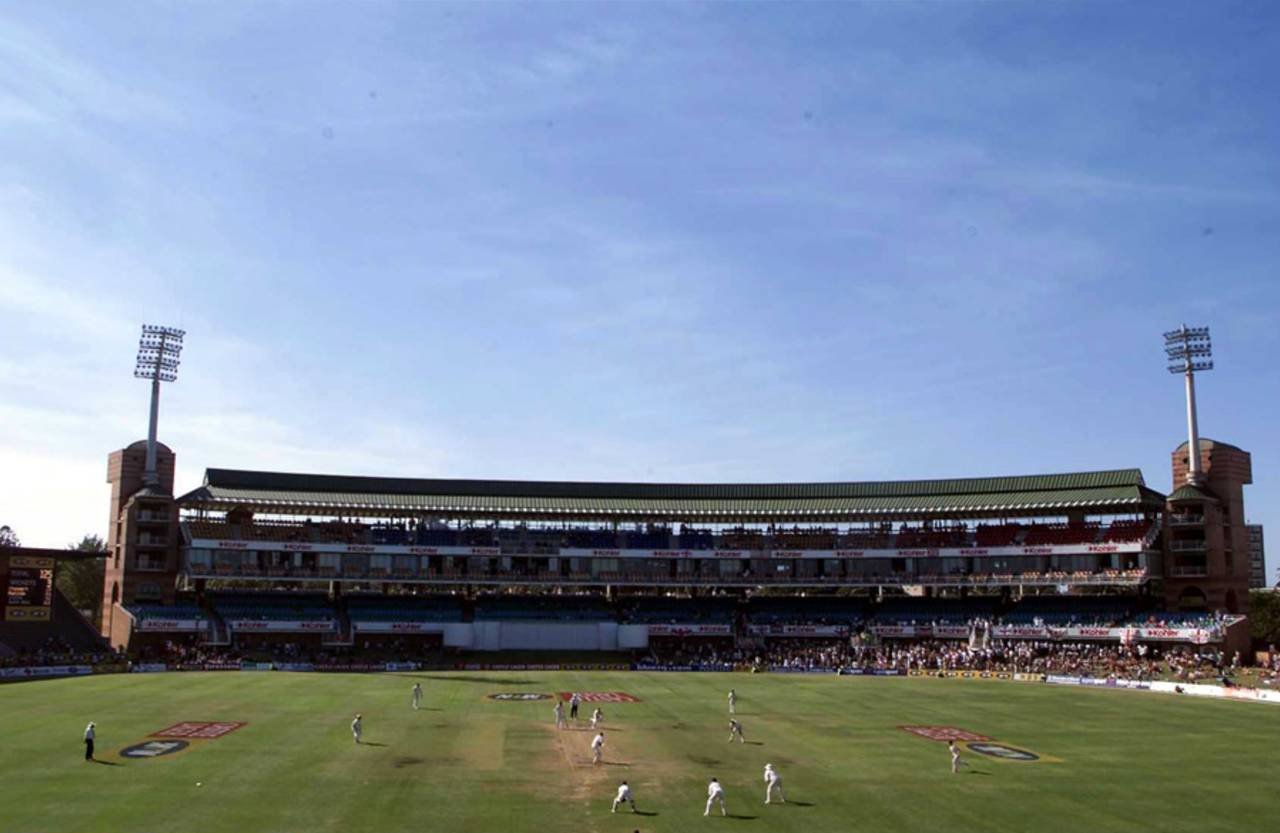Baseball-style conference structure proposed for Tests
After concerns about the non-equity of two-tier cricket at the last meeting, the ICC is considering a conference system
Daniel Brettig
20-Oct-2016

The future of Test cricket has been under discussion for some time • Getty Images
Conferences, rather than divisions, may be the answer to the ICC impasse over the future structure of Test cricket, allowing a two-year build to a championship playoff without dividing the game into haves and have-nots.
The concept of a conference-based split among 12 Test-playing nations - allowing room for the likes of Afghanistan or Ireland - was discussed in some detail at the recent ICC chief executives' committee (CEC) meeting in Cape Town, after the idea of two divisions was struck down by the objections of some nations including Sri Lanka, Bangladesh and India.
Their chief reason for opposition was worry about the thought of being consigned to a "second tier" of Test cricket, after fighting for many years to earn their way into Full Member status and its assorted playing and financial benefits. However there was also opposition to simply letting the present system of bilateral series stand untouched.
Under the conference proposal, alternately-ranked teams would be grouped in separate conferences, down to teams placed 11 and 12. This would then mean that all six teams in each conference would play each other in at least one series over two years, with the possibility of one or two 'crossover' series against teams from the other conference also available, as happens in Major League Baseball.
At the end of the competition - to be completed with a Test Championship playoff between the two conference winners - the two groups would be reshuffled for the next edition, meaning all nations would play each other every six years.
Among the more radical elements of the concept is that this championship would be the only Test cricket played, ruling out the possibility of "icon" series such as the Ashes being played outside the structure. "While they're icon [sic] and big series, it's just not quite the same," a source close to the meetings told ESPNcricinfo. "There's also a feeling we're playing enough cricket. We don't want to play more cricket."
Member nations are said to be warming to this context far more than two-division cricket, as it removes the political hurdle of some teams having to submit to an inferior level of Test cricket. The only compromise in terms of opponents will be the amount of matches played within a given series - Ashes contests would remain played over five Tests, while lower profile encounters would be able to be played over a lesser length, most likely a minimum of two Tests.
That flexibility means there will need to be further discussion of the best structure for awarding points for match and series wins. "If there's 30 points available for a series and you play a five-match series, you might get six points a match, and if it is a two-match series it might be 15 points a match," the source said. "That sort of thing needs to be further explored."
League structures for ODI and Twenty20 matches remain on course, while a detailed, theoretical Test schedule is now being prepared, ahead of the ICC's formal meetings in February next year.
Other matters, such as the internal wrangling at the BCCI and also the concurrent work on a revised governance model for the ICC board, may yet have some influence on events. The push for a pooled television rights deal is also ongoing, while the ICC is working on arranging a meeting between the BCCI and the IOC about cricket's inclusion for the Olympics.
Daniel Brettig is an assistant editor at ESPNcricinfo. @danbrettig